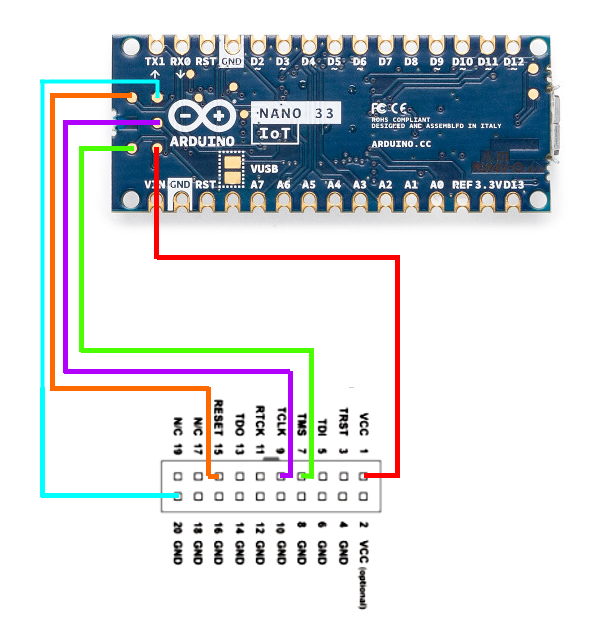This site uses cookies. By continuing to browse this site, you are agreeing to our Cookie Policy.

Segger Driver Windows 10
Your browser has JavaScript disabled. If you would like to use all features of this site, it is mandatory to enable JavaScript.
How to add driver to an SDK example, in Segger Embedded Studio? Mark Leavitt over 3 years ago I'm a beginner to programming nRF devices in C, trying to graduate from Arduino (i.e. SEGGER provide support for an extensive range of MCUs with on-chip USB controllers. The driver interface has been designed in such a way that it is possible to easily add drivers for USB controllers that are not yet supported. Below is a list of supported MCUs. If your MCU is not listed, feel free to contact us about adding support. In order to use J-Link with OpenOCD the standard J-Link USB driver must be replaced with the WinUSB driver, using 3rd party utilities. There are lots of walkthroughs available on the internet. Note: Once the J-Link USB driver has been replaced, no SEGGER software from the J-Link software package will be able to communicate with J-Link anymore. The package provides the installation files for Segger J-Link USB Driver version 2.70.8.0. If the driver is already installed on your system, updating (overwrite-installing) may fix various issues, add new functions, or just upgrade to the available version.
Jlink Driver Segger
bach.talk
Community Member
Hello,
I'm using the STemWin graphics libraries in an STM32F429 to drive a controller-less, 480x272 LCD (landscape orientation). The libraries work fine, if I keep the LCD in the landscape position and use GUIDRV_Lin_16_API as the driver. However, in the final product the LCD will be oriented in the portrait mode, 90 degrees clockwise from the default landscape position.
I am using STemWin version 5.22; I've listed the available drivers below and commented with the results that I get.
#define GUIDRV_LIN_16 &GUIDRV_Lin_16_API //Landscape. Default orientation.
#define GUIDRV_LIN_OY_16 &GUIDRV_Lin_OY_16_API //Landscape. Bottom is now the top. And mirrored.
#define GUIDRV_LIN_OX_16 &GUIDRV_Lin_OX_16_API //Landscape. Mirrored version of the default orientation.
#define GUIDRV_LIN_OXY_16 &GUIDRV_Lin_OXY_16_API //Landscape. Normal screen turned upside down.
#define GUIDRV_LIN_OS_16 &GUIDRV_Lin_OS_16_API //Portrait. 90 degrees clockwise from default. And mirrored.
#define GUIDRV_LIN_OSY_16 &GUIDRV_Lin_OSY_16_API //Portrait? Pushes image off the screen...to the right of GUIDRV_LIN_OSX_16.
#define GUIDRV_LIN_OSX_16 &GUIDRV_Lin_OSX_16_API //Portrait. 90 degrees counter-clockwise from default.
#define GUIDRV_LIN_OSXY_16 &GUIDRV_Lin_OSXY_16_API //Driver isn't available in the current library? v5.22
Another thing that I should mention is that the text works fine in every orientation (well, mirrored in some cases). However, the graphics functions, such as GUI_DrawVLine, only work correctly when I use GUIDRV_Lin_16_API. When using any other driver, the lines tend to get shifted around a bit.
Are there working drivers available so that I can use my display rotated clockwise 90 degrees? Or is this a case where I need to write some additional code?
Thank you!